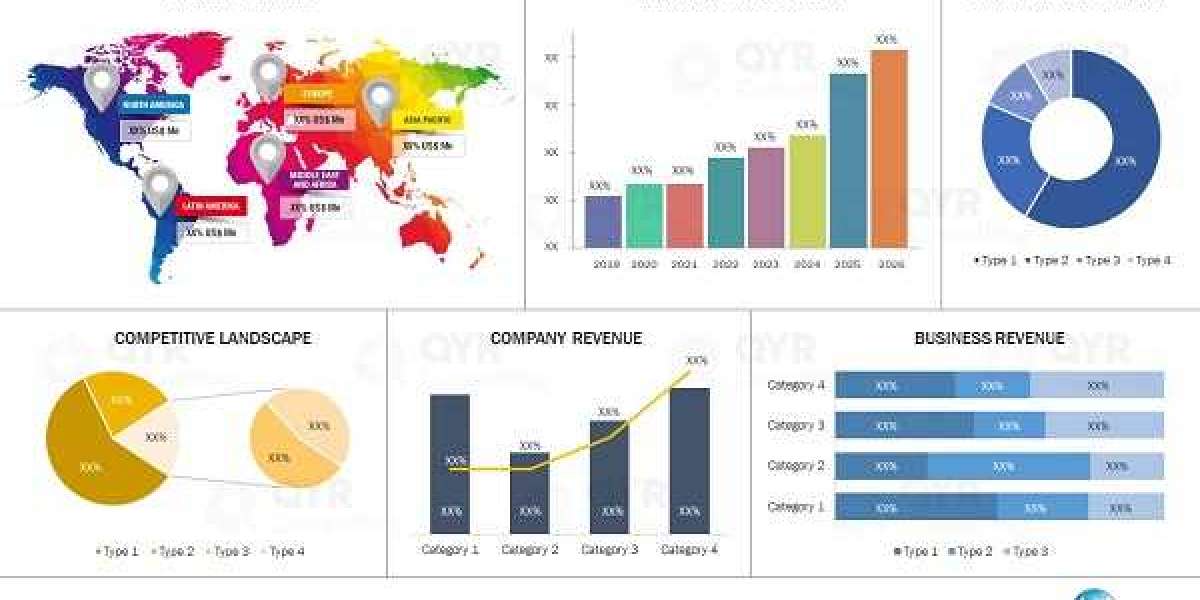What Are CBD Gummies?
CBD Gummies for Anxiety are edible candies that contain cannabidiol oil. They come in a variety of flavors, colors, and concentrations of CBD. These gummies offer an easy, tasty, and discreet way to consume CBD, making them a favorite among those new to cannabidiol as well as experienced users.CBD is a non-psychoactive compound found in the cannabis plant, meaning it doesn't produce the "high" associated with THC (tetrahydrocannabinol).











